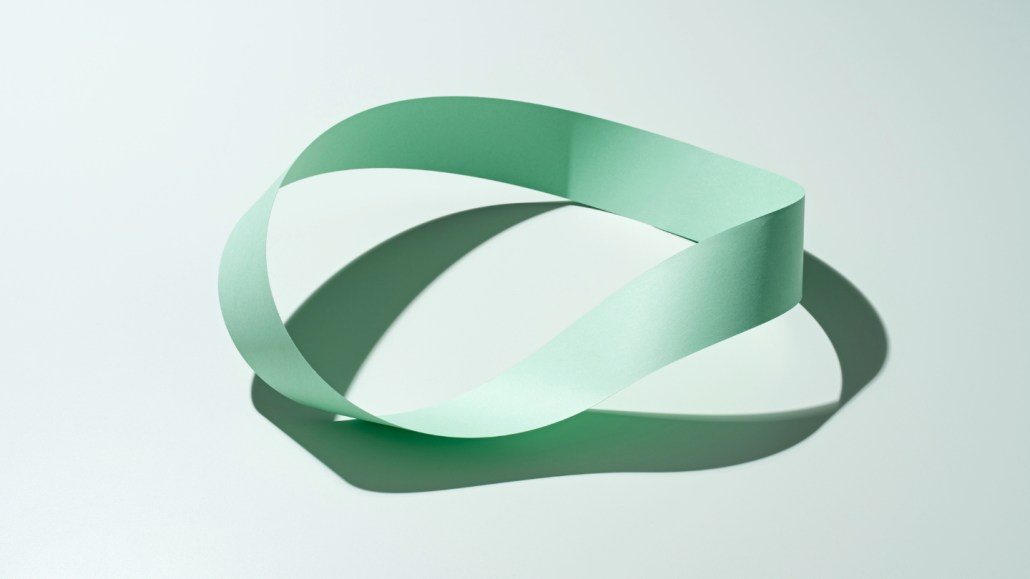Questions for ‘A twisty mystery about Möbius strips has been solved at last’

A Möbius strip (one shown) is a loop of paper with a half-twist in it. A mathematician has now solved a nearly 50-year-old stumper: What’s the shortest possible Möbius strip for a given width?
MirageC/Moment/Getty Images Plus